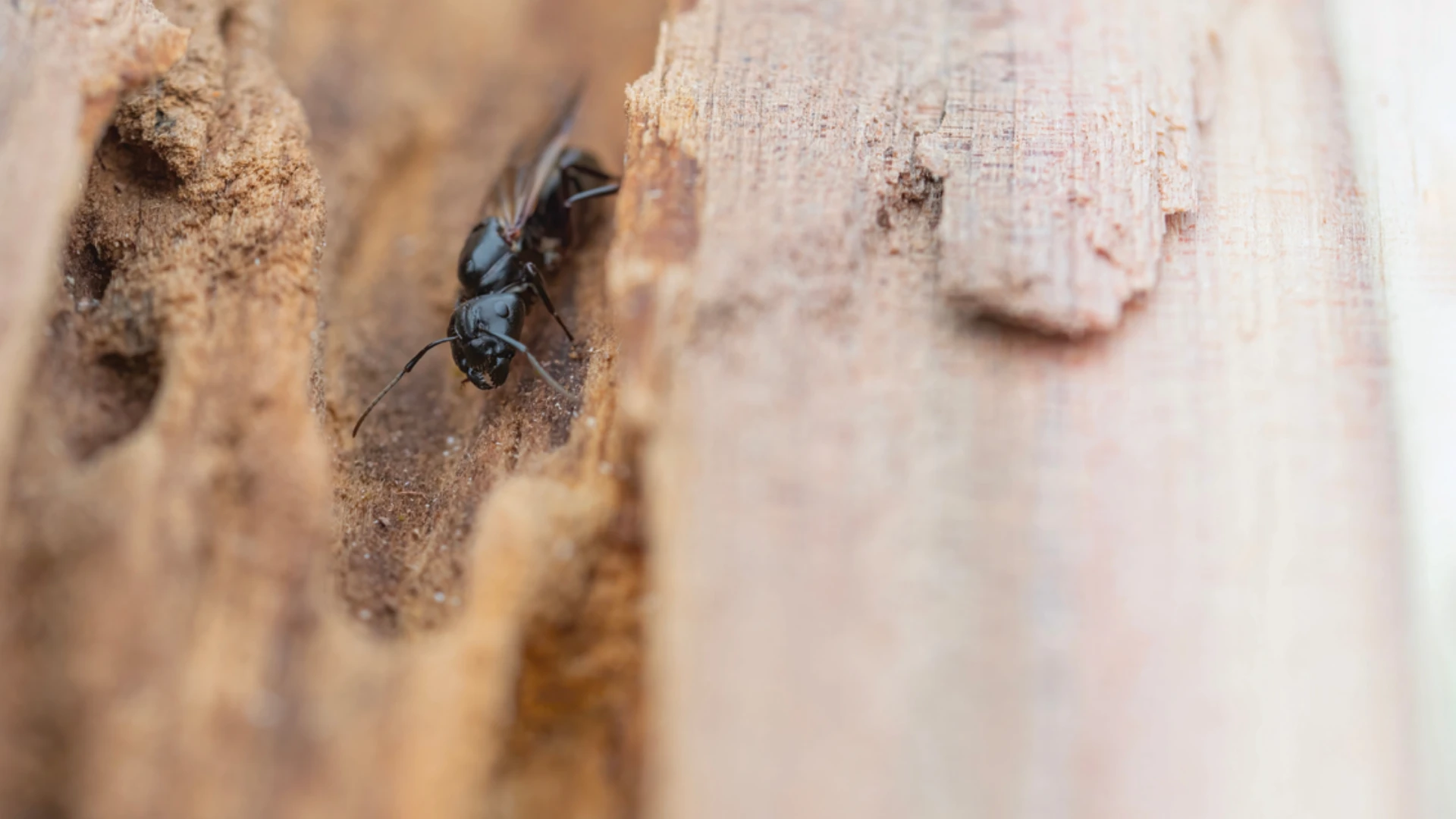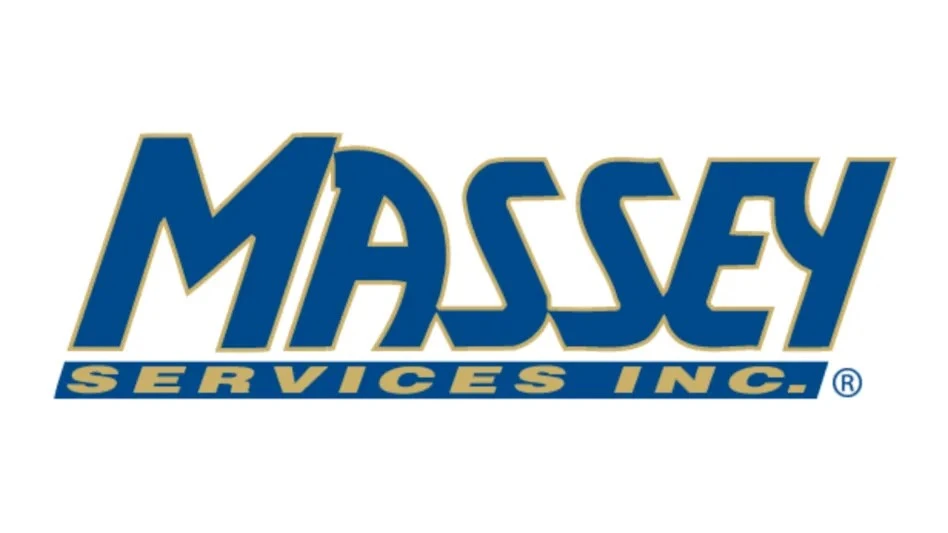I am a business owner like many of you. My company is not big enough to break even — let alone take a loss — just to say, "I got the blank (whatever contract you want to put there) contract." Profit is the reason we own a business. If you cannot make a profit, why own a business? I recently bid against four other companies in a competitive bid situation. I bid the project in compliance with the specifications provided. I paid close attention to every detail and followed the instructions in the request for proposal document. The catch was that everything was to be included with no additional fees. I bid $3,900 a month. The national company that won the job bid $1,100 to cover at least eight days of service per month. God bless them, but that bid was insane.
Bird control can be similar. Many potential customers you call on tell you what they need. The problem arises when Company B doesn’t notice the ledge you saw or prepares his bid based on use of cheaper, yet inappropriate and ineffective, products. One of the keys to winning the job is to talk to the person in charge. Then you need to be willing to write up the specifications for the job and charge a consulting fee if the client chooses another company. This way, the companies competing for the job are at least bidding close to the same materials.
I write this article with respect for this type of work. When I do a bird job like this, I feel I’m putting my signature on a building. Bird control is my creative expression; it’s an art. The goal is to do a job so well it’s barely noticed. Where you place attachments or what products you use greatly affects the finished product. My personal belief is if you do it right the first time, you don’t have to go back and fix anything. (I have not had to repair a netting job yet.)
KEYS TO SUCCESS. The key to making a profit is to know what you’re doing. Start small; tackling a big project in the beginning and making a mistake could be costly. The more knowledge you have, the more potential you have for success. Study the site so you know what kind of attachments you will need and how many. Sometimes you will start a job and find out what you thought would work doesn’t — and you panic over not having enough attachments or not having the supplies you need. What can hurt you is if your "plan B" results in a higher expenses. Sometimes you must do what you need to do to finish, but you did not plan for it. The bad news is if you don’t have a big bag of tricks, then you may have to next-day-air the new materials in. Coming up with a different material than you had expected to use (and a material that requires different attachments that you don’t have) can really harm your profitability. So you need to try to expect the unexpected.
On bigger jobs, I suggest you try to take someone else from your company to the site with you to see if he or she sees something you don’t. Digital pictures e-mailed to some of the suppliers of these products, asking for their input, can be a way to take advantage of their experience. Asking for help can be a key to you making a profit or not. The more cut and dry a job is, the easier it is to bid and do the work. But remember that no matter how "little" a job is, you need to be sure to make a profit from the work you do.
You may be looking at a building that needs to be birdproofed and you cannot get up to the area to accurately measure each spot. You end up guessing as to dimensions. Say you’re spiking a ledge on a building and you have capitals or scrollwork around pillars. You think 4 foot of material is enough but it takes 6 foot to do it. That means you’re short 2 foot for each pillar with a material that could cost as much as $5 per foot. If you’re 100 feet short that’s $500 you just ate directly out of your profit, not to mention the additional labor. Estimate the materials and attachments you will need, then add 5 to 10 percent to allow for unseen circumstances. If you are shooting attachments with a Hilti gun, order up to 25 percent more attachments than you think you will need. Be ready. If drilling or using a Hilti gun is necessary, perform and time some test shots to come up with how long you will need to install each one. Then multiply that time by the number of attachments. If you’re working over your head, allow extra time because it will be tiring. Your hourly rate should be padded for a little of the unexpected. Underestimating the time has the biggest potential for eating or taking away your profit. Many times, you’re not just working on the ground, you’re working on a rented price of equipment that could cost hundreds of dollars a day or even more. You’re best to base your figures on the worst-case scenario. I have never lost money on a bird job when lifts were involved, but I will say I have not made as much as I had hoped more than once.
When you get to the site, one thing you want to look for is the need to reduce the bird population. With many types of treatment you offer you may be displacing a lot of birds — maybe even moving the birds to a new place on the same building. Let your customer know this is a possibility ahead of time. If this happens, make sure you have your bases covered. This is important to the satisfaction of the customer. They know you warned them ahead of time.
FOUR IMPORTANT THINGS. So how do you do the job?
1. Start with the inspection of the site. Determine the problem and the need. Find out from the customer if there is a budget to do the work. What are the customer’s desires and expectations?
2. Know the species of pest bird you’re seeking to control. Are you only looking at pigeons, or is there potential for either starlings or house sparrows to move in? I have seen times where areas were protected with spikes and then starlings moved in. The pigeons were gone but the new residents took over, still leaving the remnants of birds. You need to consider the possibility of other birds moving in when selecting the type of exclusion to use.
3. Measure the area that needs treatment. Take note of the construction materials to which the treatment will be mounted. Sometimes a mix of products will be used. Know the materials you’re bidding. Not all materials are created equal. Being able to determine the need for the job is important. You need to assess whether the need is for spikes, pin and wire, shock track or netting, etc. If you’ll need netting, make sure you know the size required to do the job.
4. Determine if rental equipment is needed for the installation and how long you’ll need to use it. It is helpful to develop a relationship with a lift rental company. Frequently they will come out to a site and help you determine what equipment would work best.
FINISHING TOUCHES. Once you have determined the materials you need, total them up. Then add your percentage for profit and overhead. Figure your labor hours then add in equipment. Total. Make your bid distinctive (take pictures, put it in a binder, FedEx it to the customer). Make them remember your bid. Good luck!
The author is president of Holper Pest & Animal Solutions, St. Louis, Mo. He can be reached at jholper@giemedia.com.

Explore the June 2005 Issue
Check out more from this issue and find your next story to read.
Latest from Pest Control Technology
- CAPMA Hosts 2025 Legislative Day in Sacramento
- Grizz Pest Management Bartends for a Cause
- Rose Pest Solutions Becomes Official Pest Provider of Chicago Fire FC
- WSPMA Hosts Legislative Day at Washington State Capitol
- A-1 Pest Control Marks 59 years in Business
- Hawaii PCO Shares Regulatory Challenges, Business Impacts from Lahaina Wildfires
- 5 Tips for Reducing Waste in the Office and in the Field
- OvoControl Now Available in Chile





